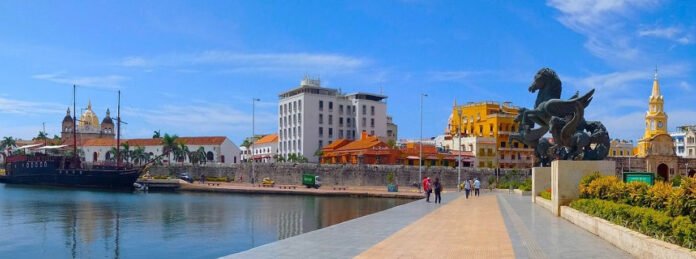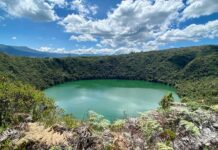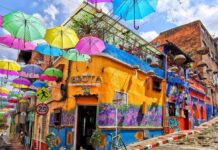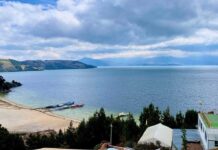The Pegasus Pier is undoubtedly one of the most recognized monuments in Cartagena de Indias, located in Las Animas Bay, between the Getsemaní neighborhood and the Historic Center; parallel to the Camellón de los Mártires.
History of the Pegasus Pier
There is no complete clarity about the origin of the name of this place, the story closest to reality is that at the time when Cartagena did not have an airport, Bahía de las Animas was used as landing gear for hydroplanes. that had the brand “Pegasus” written on their wings. The people of Cartagena, from reading this so much, called the dock “of the Pegasus” until it officially adopted this name. It is a quite credible version since the people of Cartagena have an old custom of giving it the name that They like places, objects and animals.
(Read also: Cartagena clock tower, one of the 5 most beautiful clock towers in the world)
In 1920, The Municipal Council decided to remodel the old dock built in 1791, called La Bodeguita at the end of the 19th century and which served for coastal ships to dock since 1900. After the remodeling it was officially named “Pegasus Dock”, and The statues of the Pegasus were placed to represent the spirit of the city, originally made by the Cartagena native Miguel Caballero Leclerc and ordered to be done by the president of the ladies of the city; In 1992, after the deterioration of the original statues, the sculptor Hector Lombana He donated the current sculptures that are in the place to the walled city.
Where is the Pegasus Pier located?
The Pegasus Pier is located in Cl. 24, between the Camellón de los Mártires and the Bahía de las Animas.
This place is one of the most popular in Cartagena, not only because of the sculptures that attract attention but also because of the beautiful view it has of the Bay of Las Animas that contrasts very beautifully with the historic center of the city and for being located in the heart of Cartagena.
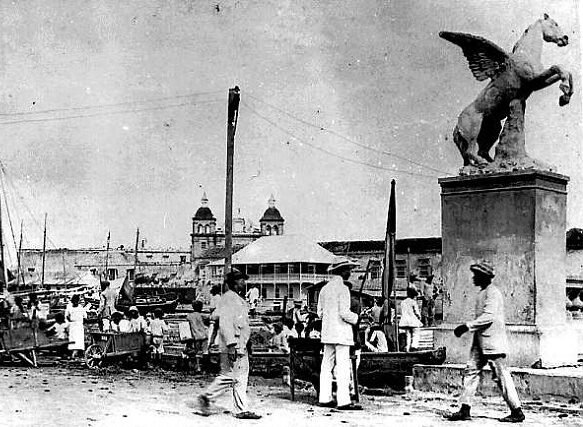
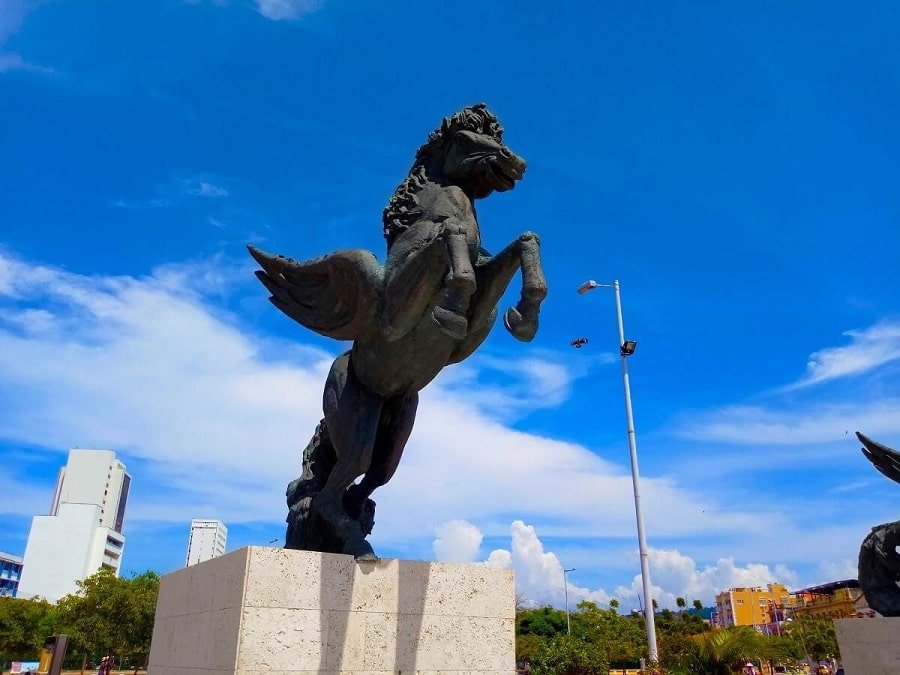
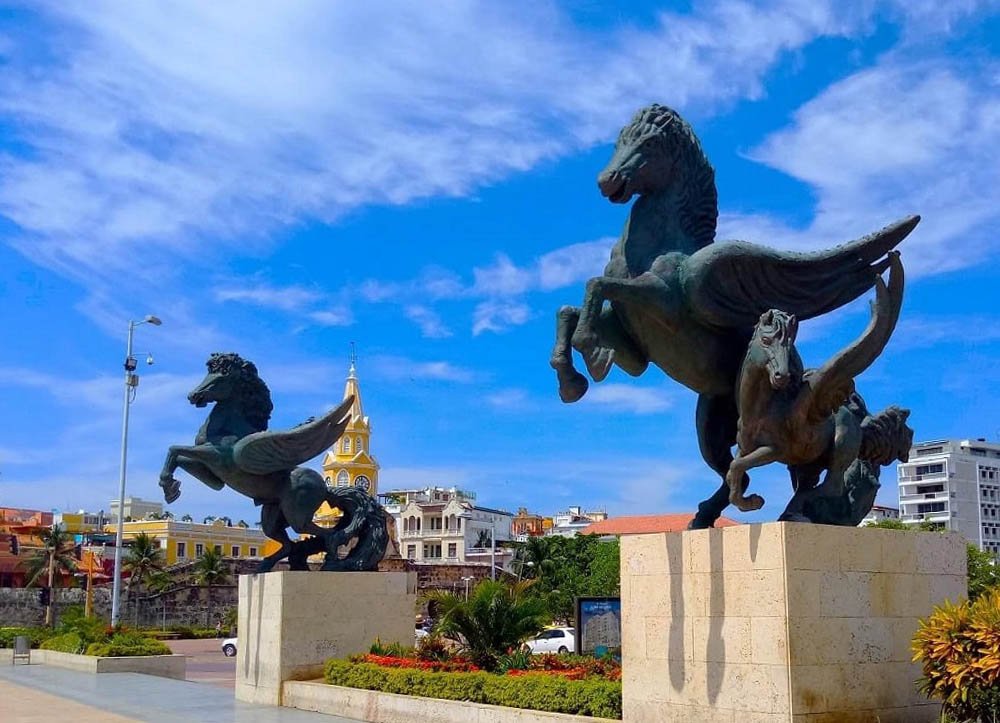
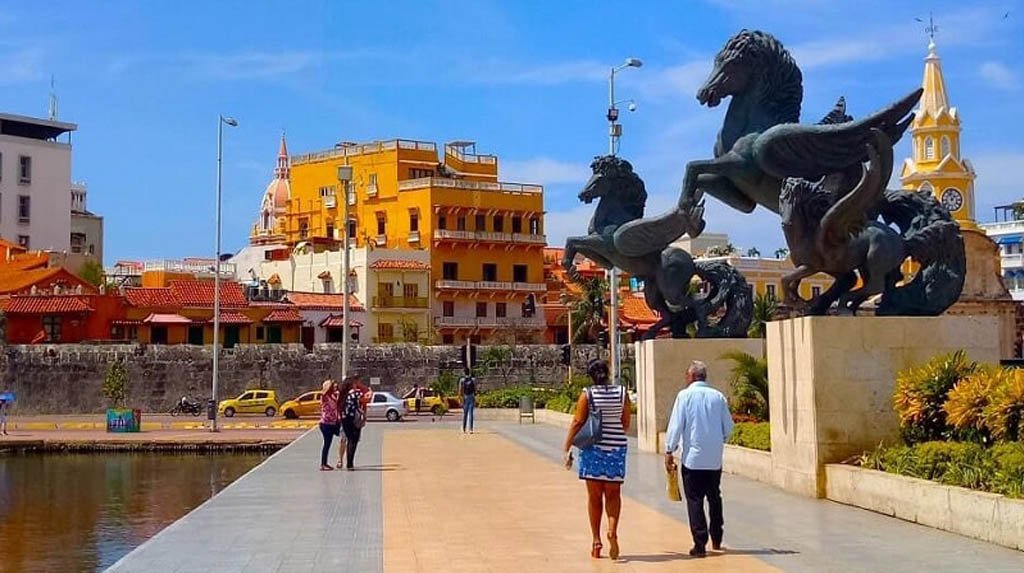

About the Sculptor Héctor Lombana
Héctor Lombana Piñeres is a Colombian sculptor and painter born in Riofrío, considered one of the most prolific sculptors in history, his work can be found all over the world.


